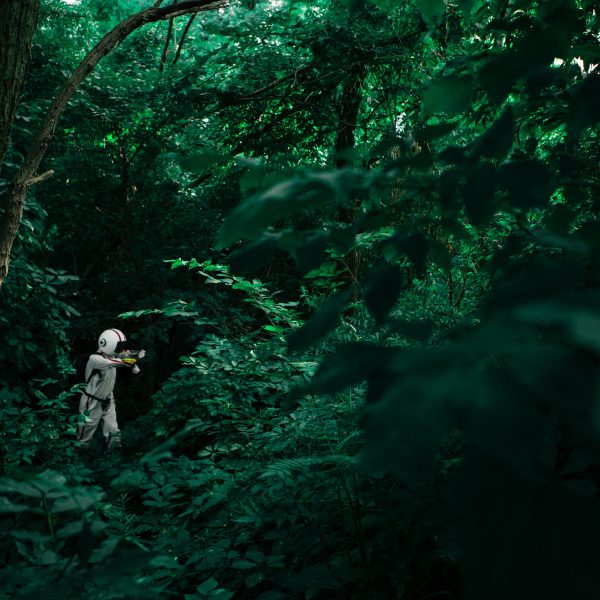Height for height’s sake…

Does your playground or space offer opportunity to achieve a sense of being up high, for no other reason than just to be there?
Height is an interesting psychogeographic yearning most young humans have and it is a classic example of something so innate it is almost impossible to describe “why” we seek it. For those in doubt, consider the sense of achievement many adults have at climbing a hill or mountain for no other reason than to be at the top.
This accomplishment won’t feed you, won’t necessarily make you friends, and it is doubtful it will make a significant addition to your resume. But who cares, it is something you want to do and you will do it! If we consider play spaces in the same way we can start at their bare geographical bones and provide opportunities that meet needs deeply rooted in our evolution and even possibly genetic make up.
Consider that deep innate need children have is not necessarily something children will report to you, or offer as a suggestion to well meant questioning such as “what would you like in your playground”? Questions like this can futile and much like an occupational therapist not expecting a child to request metal bars to swing on so that they may develop their vestibular systems, a playworker may need to simply understand these innate desires as givens and ensure great spaces provide outlets.
In my career as a playworker this has possibly been the greatest development in my practice, the goal to cease reacting to behaviours, and create spaces, cues and psychogeographic hints to meet a vast myriad of them.
Leading expert and children’s play, especially how they innately choose to engage with risk in the playground, Ellen Sandseter (2007) suggests that children will often intrinsically strive to achieve great heights while playing. Doing so aids them, among other things, in their growing ability to face fears and develop confidence. This development is compounded by the sense of “risk”… Despite being the perceptive challenge for many adults it is “the risk”, or potential to be hurt that causes caution, that makes children careful and consider each placement of hand and foot. These skills are rarely innately honed in sterile spaces.
So once again… Does your play place offer opportunities to feel the sensation of height? Are these intended or mere afterthoughts? Are these spaces dedicated to being high for the sake of being high, or are they transitory places, on one side a ladder, on the other a slide? This often creates conflict as differing, but equally legitimate needs and play frames (the desire to move quickly up a ladder and down a slide vs. simply desiring to “be” in a high space), are put at odds with each other.
Overall it is the fact that this is a legitimate, yet sometimes unexplainable need to the end user that ensures that we, as playworkers should use our skills to provide opportunity.
This piece has been reshared with author permission. To access the original please see here.
















